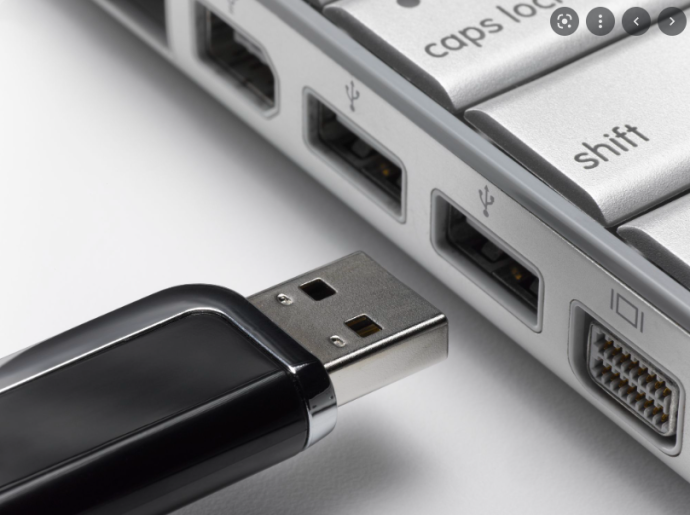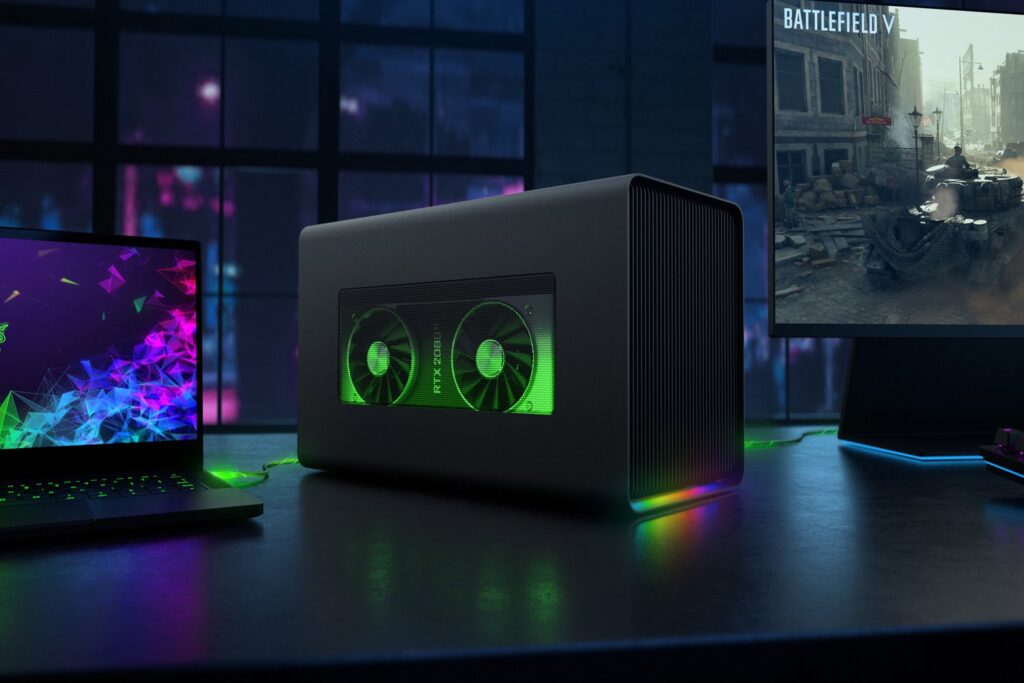Table of Contents
Yes, it is possible to add external RAM to certain laptops. However, it’s important to note that most laptops are designed with their RAM soldered directly onto the motherboard, which means they don’t have user-upgradeable RAM slots like desktop computers do.
Some high-end gaming laptops or workstation laptops may offer user-accessible RAM slots, allowing you to upgrade or expand the memory. In such cases, you can purchase additional RAM modules and install them into the available slots.
On the other hand, if your laptop doesn’t have user-upgradeable RAM slots, you won’t be able to add external RAM directly. However, there are alternative solutions to expand your memory capacity:
External RAM drives:

T\hese are external storage devices that utilize fast solid-state drives (SSDs) and connect to your laptop via USB or Thunderbolt. While they won’t increase the RAM capacity directly, they can provide additional storage space and can be used to optimize virtual memory, which may improve performance in certain scenarios.
\
eGPU (external graphics processing unit) with VRAM:

Some eGPU enclosures come with their own dedicated graphics memory (VRAM), which can offload graphics-related tasks and free up system RAM for other processes. Although this won’t increase the overall system RAM, it can help improve performance in graphics-intensive applications.
It’s important to research your specific laptop model and its upgrade options to determine whether adding external RAM is feasible. Additionally, consulting the laptop’s manufacturer or technical support can provide you with accurate information about upgrade possibilities.
Frequently Asked Questions (FAQs)
Q: What options do I have to upgrade RAM in my laptop?
A: To upgrade your laptop’s RAM, you generally need to open the laptop, access the internal components, and either replace existing RAM modules with larger ones or add additional RAM modules if there are available slots. Check your laptop’s user manual or the manufacturer’s website for compatibility and upgrade options.
Q: How do I determine if my laptop’s RAM is upgradable?
A: You can determine if your laptop’s RAM is upgradable by:
- Checking the user manual or the manufacturer’s website for information on RAM upgrade options.
- Physically opening the laptop and inspecting if there are empty RAM slots for additional memory.
Q: What are the benefits of upgrading laptop RAM?
A: Upgrading your laptop’s RAM can lead to improved performance, faster multitasking, and better handling of memory-intensive tasks. It’s an effective way to enhance your laptop’s overall speed and responsiveness.
Q: Are there alternative methods to boost laptop performance without adding RAM?
A: Yes, you can enhance laptop performance by upgrading your storage drive to a solid-state drive (SSD), closing unnecessary background applications, and keeping your system free from malware and bloatware. These steps can improve overall performance.
Q: Can I use external storage as virtual RAM to improve performance?
A: While you can use virtual memory (paging file) on external storage devices, it won’t provide the same performance benefits as increasing your laptop’s RAM. Virtual memory uses slower storage and may not be as effective for memory-intensive tasks.
Q: Can you upgrade 8GB RAM to 16GB?
A: You can certainly upgrade 8 GB RAM to 16 GB. If your laptop contains a free RAM slot, buy an 8 GB RAM stick and install it on your laptop. But if no slot is free, consider getting two 8 GB RAM sticks and swapping them with the current 4 GB RAM sticks.
Conclusion:
In conclusion, you generally cannot add external RAM to laptops in the same way you can add external storage devices. Laptop RAM is typically soldered onto the motherboard or installed in dedicated slots, making it challenging to upgrade externally.
When upgrading laptop RAM, ensure compatibility, match the RAM type and capacity to your needs, and follow manufacturer guidelines for installation. Specific instructions and compatibility can vary by laptop model, so consult your laptop’s documentation or the manufacturer’s website for precise information.




